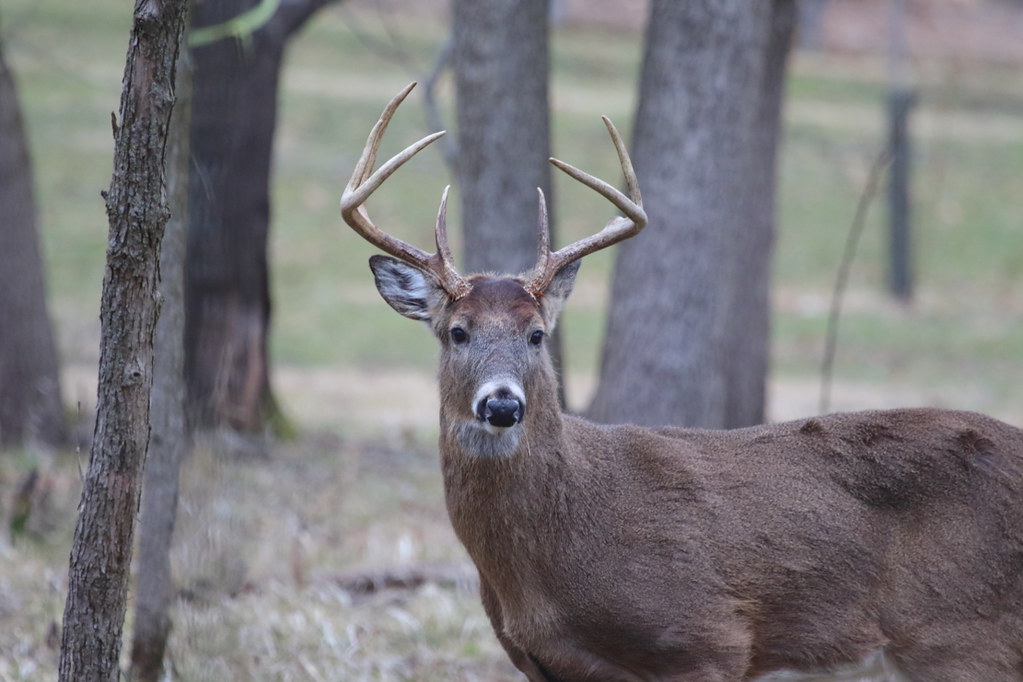
A case of chronic wasting disease (CWD) has been confirmed on an upstate New York deer farm, according to a press release yesterday from the New York State Department of Environmental Conservation (DEC).
After the case was identified through routine Departments of Agriculture and Markets surveillance in DEC Region 6, the state activated its interagency CWD response plan to investigate the detection and increase surveillance of wild deer in the area.
“While there is no evidence that CWD is present in wild deer at this time, DEC will initiate enhanced surveillance in wild deer, working with local hunters, processors, and taxidermists in the area,” DEC said. “Efforts are also underway to collect roadkill to determine if CWD is present in wild deer. This enhanced sampling and monitoring will inform additional actions to guide the state’s disease management strategy.”
First confirmed case since 2005
CWD, a neurologic disease that affects cervids such as deer, elk, moose, and reindeer, was first confirmed in New York among captive and wild deer in 2005 in Oneida County, also located in Region 6. “Since that time, DEC has tested more than 65,000 wild deer statewide with no additional cases discovered in New York,” the release said.
While there is no evidence that CWD is present in wild deer at this time, DEC will initiate enhanced surveillance in wild deer, working with local hunters, processors, and taxidermists in the area.
The illness is caused by misfolded infectious proteins called prions, which are extremely resilient and can persist in the environment for years. CWD poses an ongoing threat to cervids, because it can spread from animal to animal and through environmental contamination. The disease isn’t known to infect humans, but officials recommend not eating meat from a sick animal and using precautions when field-dressing or butchering cervids.







